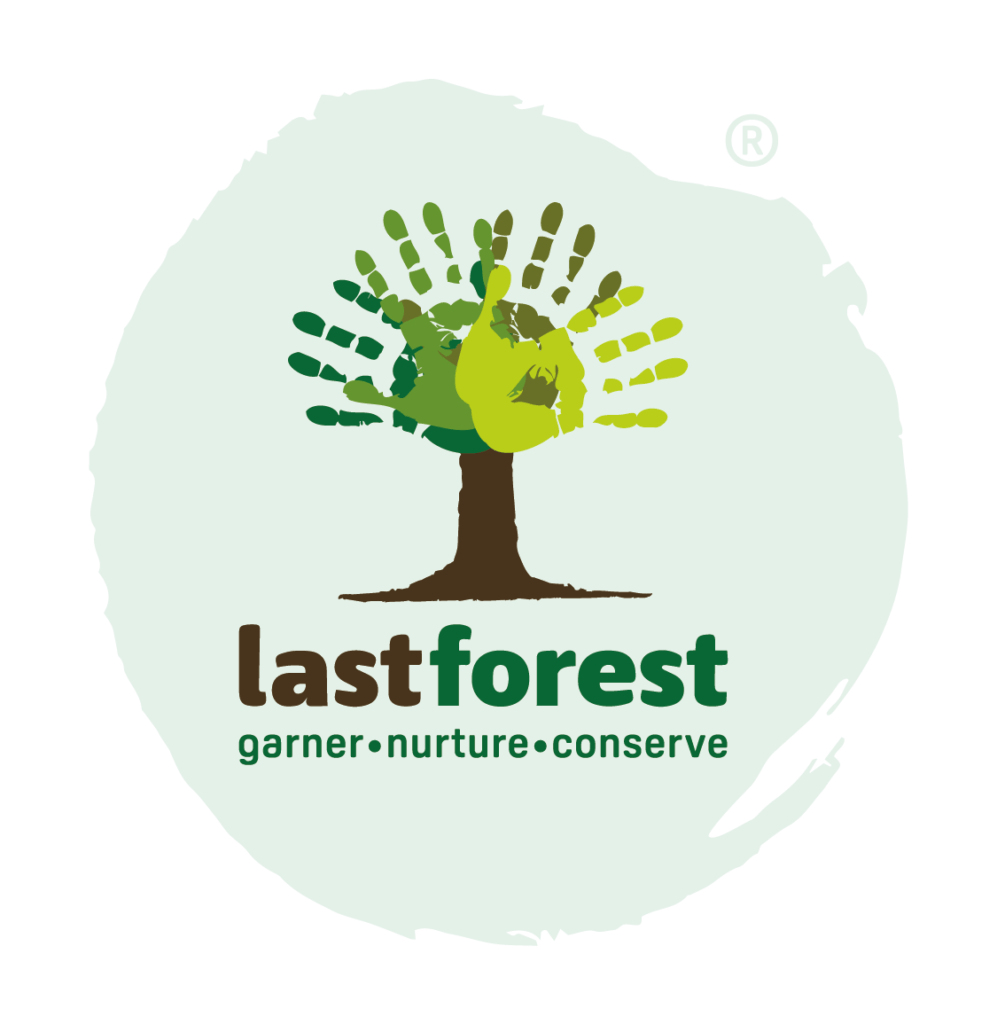Payments for Ecosystem Services
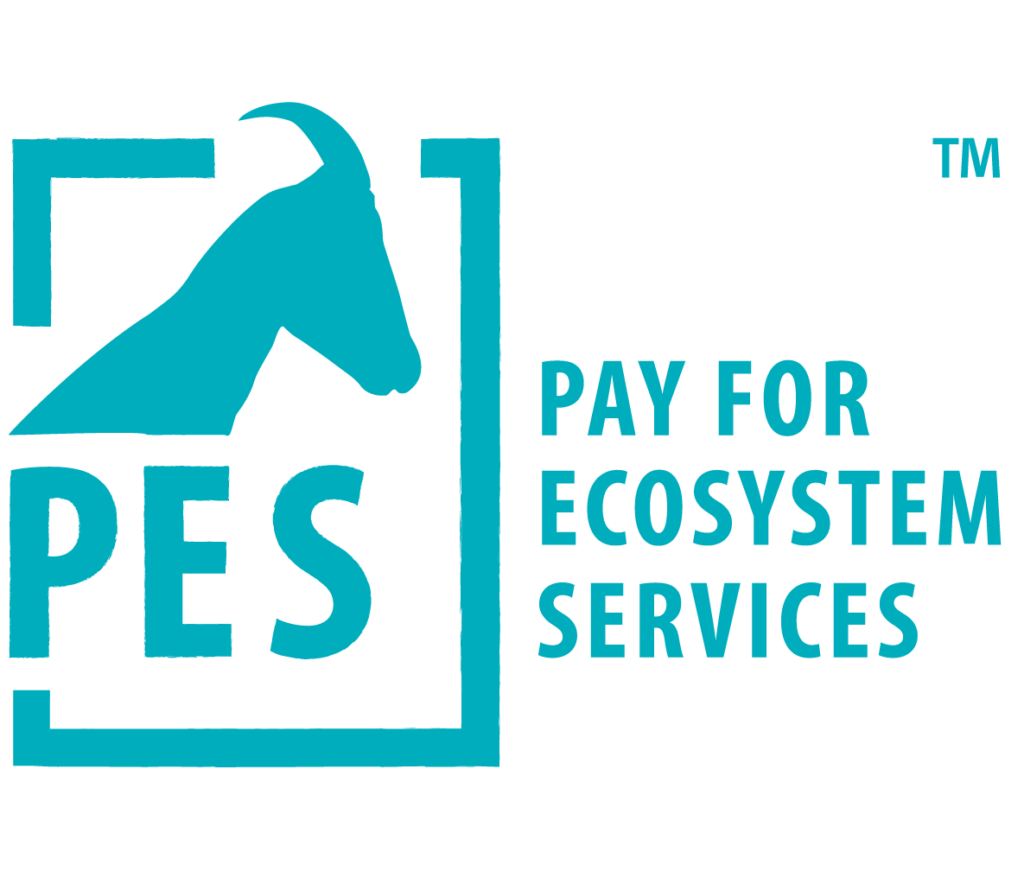
Payments for Ecosystem Services (PES) is one of the most commonly used mechanisms to generate market-based revenue for biodiversity conservation. PES aims to provide benefits to landowners and land-users who preserve ecosystem services (ES). The recognition of and valuation of the ES also works to disincentivize from land use which degrades the land, such as deforestation. Payments are used to incentivize land users to properly manage and conserve their natural environment, thus ensuring the flow of ecosystem services (Pagiola and Platais, 2002).
Through PES, beneficiaries of ecosystem services, i.e., consumers, pay for the conservation and sustainable use of the ecosystems they benefit from. The concept is based on the idea that ecosystems provide valuable services to society – such as water, air, and land – and that valuable resources are reusable or regenerated. PES can allow for an ecosystem to be reused or regenerated, via natural processes and social efforts such as through water purification, carbon sequestration, soil conservation, and biodiversity preservation.
The PES scheme involves three parties: service providers, service users, and intermediaries. Service providers are individuals or organizations that own, manage or conserve natural resources. Service users are beneficiaries who value and utilize the ecosystem services provided by the service providers. Intermediaries are organizations or individuals who facilitate the transaction between the service providers and service users.
The payment mechanism in PES is designed to encourage landowners and other stakeholders to internalize and realize true costs and to adopt practices that conserve natural resources and reduce negative externalities. It affirms (through investment, or payment) that there is value to caring for the environment and its health.
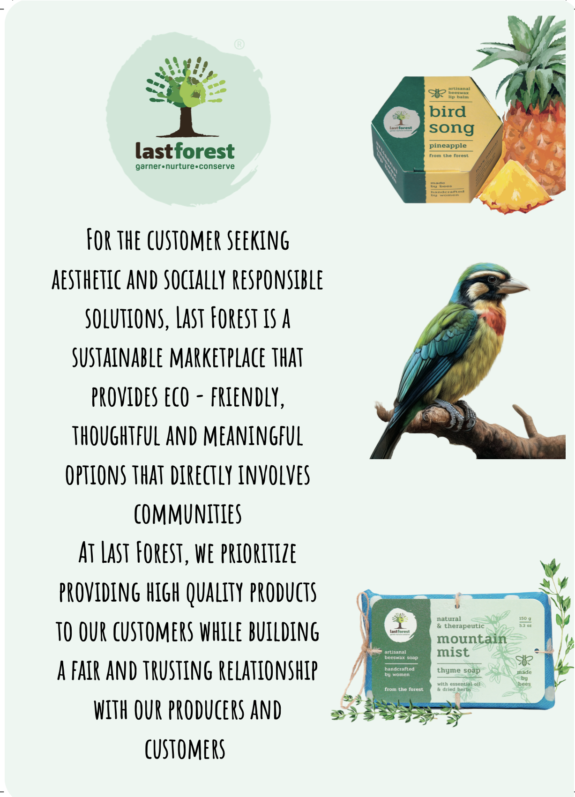

PES has several benefits, including:
- Conservation and management of natural resources: PES provides an incentive for landowners and other stakeholders to conserve and manage natural resources. By assigning an economic value to ecosystem services, PES encourages stakeholders to adopt sustainable practices that benefit both the environment and society.
- Economic benefits: PES provides economic benefits to service providers, especially those in developing countries. The payment for ecosystem services provides an additional source of income for the service providers, which can help to reduce poverty and improve livelihoods.
- Climate change mitigation: PES can help to mitigate climate change by incentivizing the conservation and restoration of forests and other carbon sinks. The preservation of forests and other natural resources can help to reduce greenhouse gas emissions, which contribute to climate change.
- Improved water quality: PES can help to improve water quality by encouraging the adoption of practices that reduce water pollution. For example, payment for the preservation of wetlands can help to reduce nutrient runoff and improve water quality downstream.
Despite the benefits, PES faces several challenges, including:
- Monitoring and evaluation : PES requires a robust monitoring and evaluation system to ensure that the service providers are delivering the agreed-upon ecosystem services. The lack of a monitoring and evaluation system can result not only in a varied understanding of what PES should be but also in the misuse of funds and the failure to achieve the desired conservation outcomes.
- Equity : PES can exacerbate inequalities if the benefits of the scheme are not distributed equitably. For example, large landowners may receive a larger share of the payment, while small landowners may receive very little or no payment at all. If PES is not a tool towards equity, then it is not a tool for sustainability.
- Transaction costs : PES involves transaction costs such as the cost of setting up the scheme, negotiating contracts, and monitoring and evaluating the outcomes. The transaction costs can be a barrier to the implementation of PES, especially in developing countries where the capacity to manage PES schemes may be limited.
- Additionality : PES requires that the ecosystem services provided are additional to what would have occurred in the absence of the scheme. Ecosystems are constantly changing and have natural positive and negative feedback loops that act on long term time scales. The additionality requirement is challenging to verify, especially if the baseline scenario is unclear or unknown.
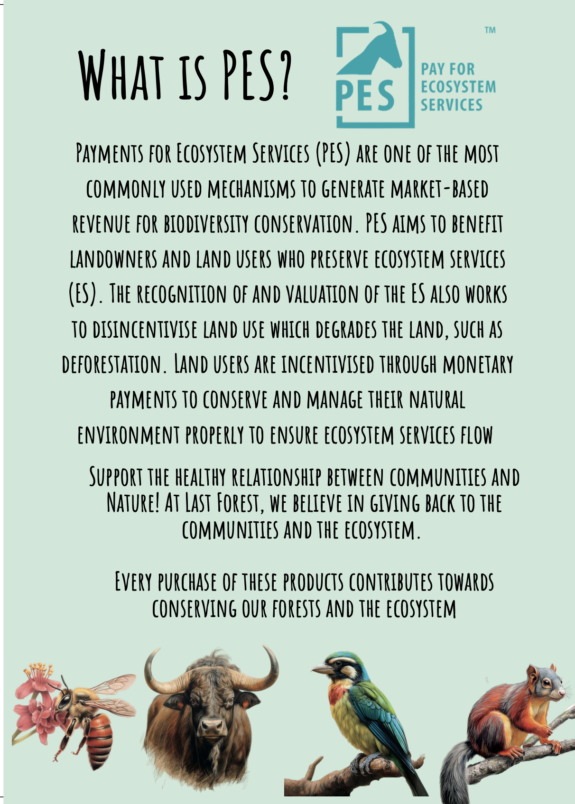
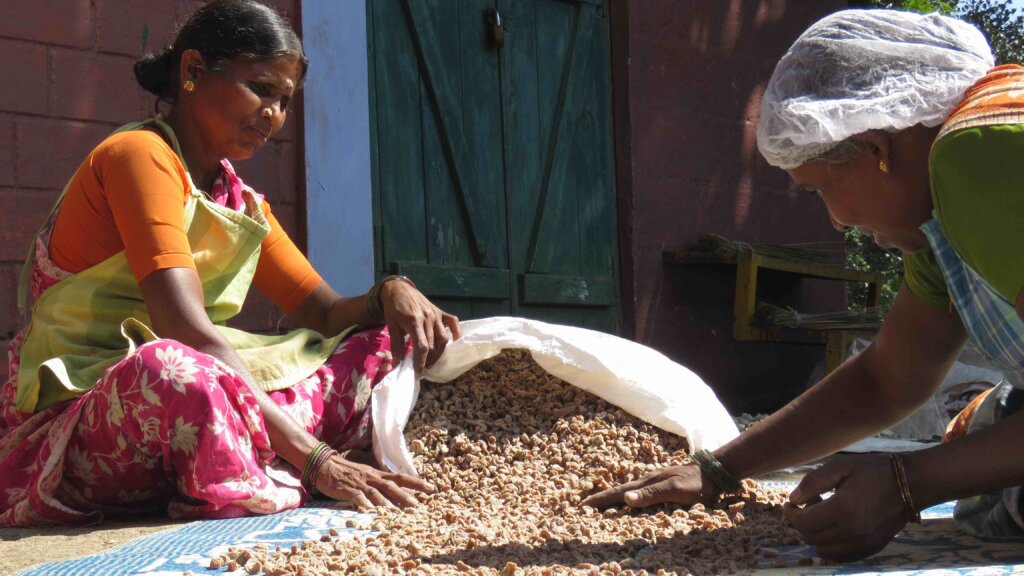
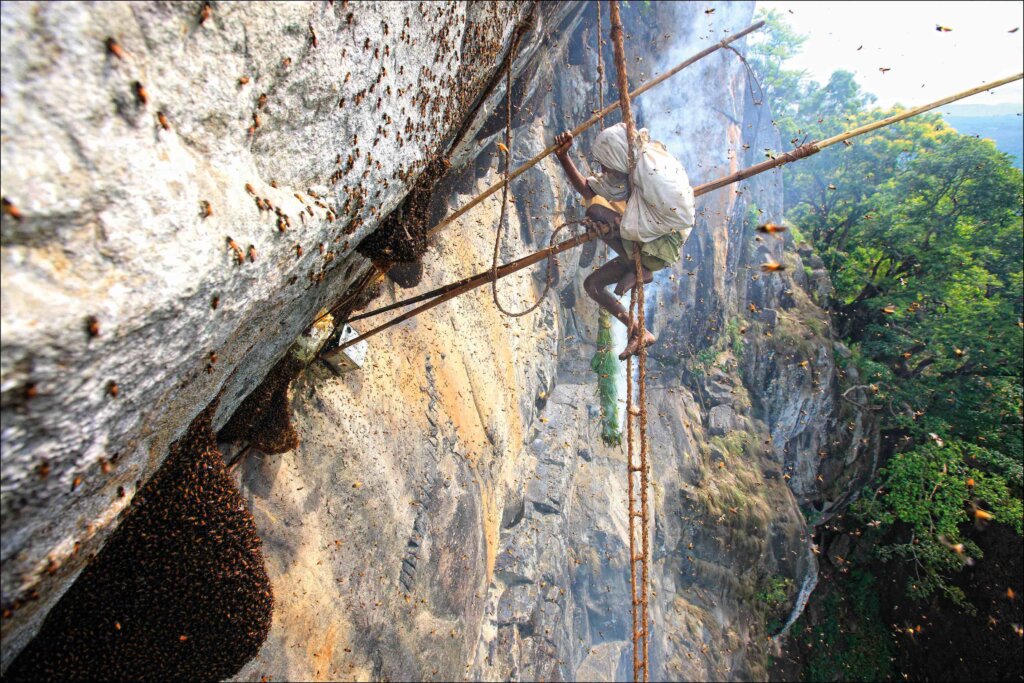


Last Forest’s work with PES
Honey marketed by Last Forest is from the Giant Rock Bee (Apis dorsata), which plays an unquantifiably important role in the ecosystems of many forests of South Asia. Bees pollinate many species of tropical forests, enabling cycles of nature. The forests of the Nilgiris, where we work, are known for their rich biodiversity and high concentration of endemic species–plants and animals which can only be found here. Many springs and streams emerge from these mountain forest areas and provide water for the rest of the planet–enabling the survival of all life forms.
When a consumer buys honey and beeswax products that have taken care of these forests in their very production, they support the symbiotic relationship that exists between themselves and nature. The value of this is internalized into the value of a product. At Last Forest, PES is used to directly support the following activities:
- Planting tree species that increase bee habitats and colonies
- Promoting beekeeping with communities
- Training and knowledge exchange for the younger generation of Adivasis to reaffirm traditional values and sustainable harvesting methods
- Undertake Ecological monitoring in these forests with barefoot ecologists
The premium charged is not based on the actual costs of ecosystem services rendered by bees, it is a notional amount to determine willingness to pay. Although the value of all that is encompassed in caretaking of nature cannot be monetarily quantified, what is quantifiable is an investment to support the caretaking of the forests.
PES worldwide
In the past two decades, there has been a significant increase in PES with over 550 recognized active programmes around the globe. However, there is still limited global feedback data, as there is no international standard in reporting or implementing PES.
Last Forest–along with its sister organizations Keystone Foundation, Nilgiri Natural History Society, and Aadhimalai Pazhangudiyinar Producer Company–is an active player in the global community of PES. During its earlier years of operation, Last Forest took on the initiative of implementing PES in the markets. Last Forest introduced a special edition of honey with a special label carrying the message of PES. This PES edition was shelved exclusively in the Green Shops in the Nilgiris and saw a good reception from customers.
Through Last Forest’s new branding, the message of PES has become stronger. Introduction of the PES logo is a step that distinctly shows that products are a part of a system, one that pays for the conservation of forest resources by using sustainable methods. Prioritizing these networks in branding–the first impression customers will see–spreads conscious and subconscious awareness of programs like PES. Consumers begin to realize that there is a world of options that exist. This message has reached Last Forest’s stakeholders, who are becoming more aware of the message that the PES logo and system aims to develop.
FAQs about PES
Payments for Ecosystem Services (PES) is one of the most commonly used mechanisms to generate market-based revenue for biodiversity conservation. PES aims to provide benefits to landowners and land-users who preserve ecosystem services (ES). The recognition of and valuation of the ES also works to disincentivize from land use which degrades the land, such as deforestation. Payments are used to incentivize land users to properly manage and conserve their natural environment, thus ensuring the flow of ecosystem services (Pagiola and Platais, 2002).
Through PES, beneficiaries of ecosystem services, i.e., consumers, pay for the conservation and sustainable use of the ecosystems they benefit from. The concept is based on the idea that ecosystems provide valuable services to society – such as water, air, and land – and that valuable resources are reusable or regenerated. PES can allow for an ecosystem to be reused or regenerated, via natural processes and social efforts such as through water purification, carbon sequestration, soil conservation, and biodiversity preservation. The benefits of PES are:
- Conservation and management of natural resources
- Economic benefits
- Climate change mitigation
- Improved water quality
PES in Last Forest’s context :
Honey marketed by Last Forest is from the Giant Rock Bee (Apis dorsata), which plays an important role in the forest ecosystem. Bees pollinate many species of these tropical forests, thus enabling the cycles of nature. Many other plant and animal species thrive in these forests. Many springs and streams emerge from these areas – enabling the survival of all life forms. When you buy the honey and beeswax products, you support the symbiotic relationship that exists between man and nature. The amount will be used to support the following activities:
- Planting tree species that increase bee habitats and colonies.
- Promoting beekeeping with communities.
- Training and knowledge exchange for the younger generation of Adivasis to imbibe traditional values and sustainable harvesting methods.
- Undertake Ecological monitoring in these forests with barefoot ecologists. The premium charged is not based on the actual costs of ecosystem services rendered by bees, it is a notional amount to determine willingness to pay.
For further information, please access these website links:
https://en.wikipedia.org/wiki/Payment_for_ecosystem_services
Pay for Ecosystem Services (PES) is a promising solution for environmental conservation that can provide economic incentives for sustainable management of natural resources. PES has the potential to address environmental challenges while also promoting social and economic development. However, PES also faces challenges and limitations that need to be addressed–by each organization, the global PES community, and consumers–to ensure its effectiveness and sustainability.
As a consumer, as a business, as a beneficiary and user of resources like water and air, PES offers a regenerative path forward for you. PES is principled, yet flexible–how could you fit PES into your spaces?
